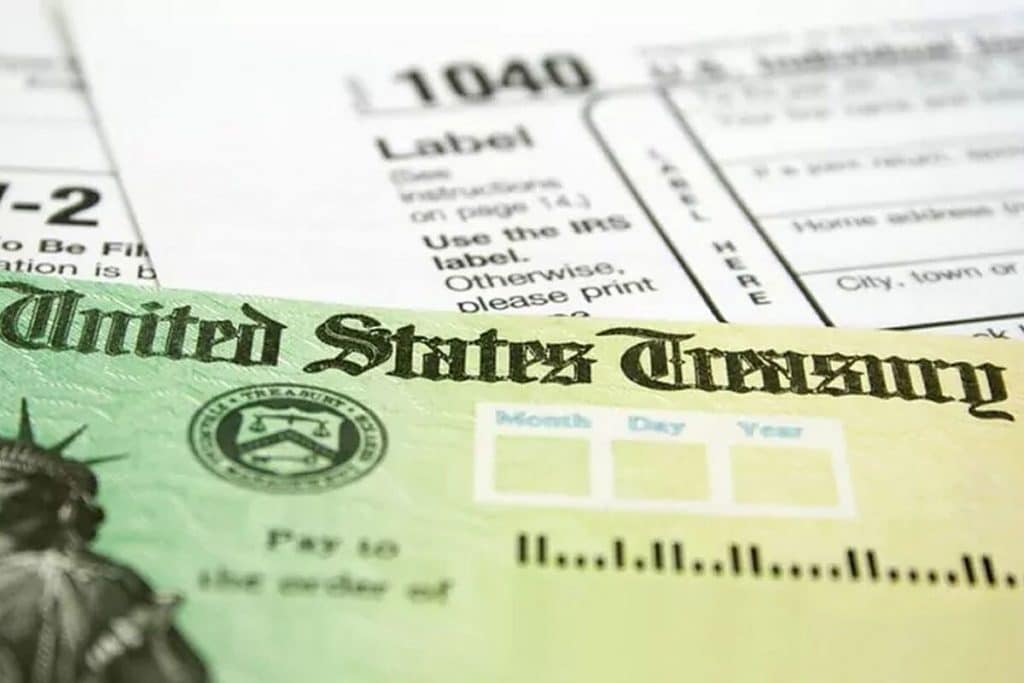Jhe US federal government and 12 different states provide Child tax credits to help families with children feel more financially secure.
Their program is believed to help nearly two million children escape poverty each year, with the number of dependent children, marital status and income level being the main factors influencing the amount of child credit. ‘tax.
When did child tax credits start?
The federal child tax credit has always enjoyed bipartisan support. It was created under the Taxpayer Relief Act of 1997.
Initially, the tax credit was $400 per child under 17 and was non-refundable for most families.
Following the Tax Cuts and Jobs Act of 2017, it was increased to $2,000, with the US government setting a cap of $1,400 on the amount that can be reimbursed for each child. In addition, it introduced phase-out rates and criteria for high-income taxpayers.
Will child tax credits be extended to 2025?
The Child Tax Credit was temporarily increased by the American Rescue Plan Act of 2021 (ARPA) for the 2021 tax year from $2,000 to $3,600 per child under age 6 and 3 000 dollars per child up to 17 years old.
For single filers earning more than $75,000 per year and married couples earning more than $150,000 per year, the amount of the enhanced benefit has been gradually reduced.
For the first six months, rather than paying the entire tax credit all at once, ARPA temporarily made it fully refundable and distributed half of it in monthly installments.
According to the government’s official website, more than 61 million children in more than 36 million households may have benefited from the improved Child Tax Credit, with the majority of funds going towards childcare, food , housing and other essentials.
However, this was a temporary measure and the advance payment of the Child Tax Credit was halted once the coronavirus pandemic began to abate.
It should be noted that the personal tax and estate tax provisions of the Tax Cuts and Jobs Act will expire in 2025.
